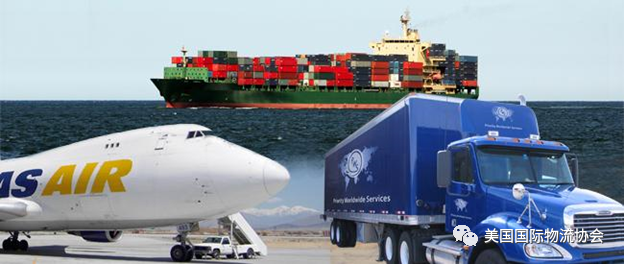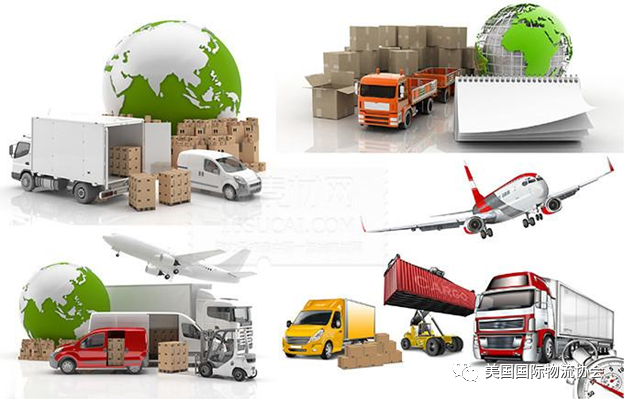LTL货物(Less Than Container Load,缩写为LTL)是一种运输方式,主要用于运送不足整个货柜(集装箱)货物的情况。与整装货物(Full Container Load,缩写为FCL)不同,LTL货物是指多个不同发货人的货物,可能会在同一个货柜中进行合并运输。

LTL货物适用于以下情况:
1. 货物体积不足一个完整的货柜:如果货物体积不足以填满一个完整的货柜,那么LTL运输可以提供更具成本效益的选择。
2. 多个发货人合并运输:不同发货人的货物可以在LTL货柜中进行合并运输,从而节省运输成本。
3. 小批量订单:小型零售商或供货商可能会选择LTL运输,以满足小批量订单的需求。
4. 运送频率较低: 对于运送频率较低的企业,LTL运输可以避免存储大量的库存。
LTL运输通常涉及货物的集中分拆、运输、合并和再分发过程。在运输过程中,货物可能需要经过多次转运和处理,因此在LTL运输中,确保货物的安全和准确性是非常重要的。

LTL(Less Than Container Load)货物的标准作业流程包括以下主要步骤:
1. 收集和分拆货物:不同发货人的LTL货物首先被收集到物流中心或集货站,然后根据目的地进行分拆,将不同货物进行组合。
2. 包装和标记:每个LTL货物都需要进行适当的包装,以确保在运输过程中不受损。同时,每个货物都需要标记,包括发货人和收件人的信息,以及目的地地址等。
3. 选择运输提供商:物流公司会根据货物的特性、目的地和时效等因素,选择适合的运输提供商,如LTL运输公司或运输网络。
4. 运输和转运:LTL货物被运输到中转站或运输网络的节点,这些节点通常位于主要运输路线上。在中转站,货物可能需要进行转运,合并或分拆,以实现最优的路线和运输效率。
5. 合并和再分发:在适当的中转站,不同货物可能会被合并为一个LTL货柜,或者根据目的地再次进行分拆和组合。
6. 送达目的地:LTL货物最终会被运送到目的地,通常是物流中心、集货站、仓库或客户的地址。运输提供商会确保货物按时送达,并在送达时进行验收和记录。
7. 送达通知和跟踪:物流公司通常提供送达通知,通知收件人货物的预计到达时间。同时,收件人可以通过跟踪号码在运输过程中随时跟踪货物的位置和状态。
8. 货物验收和报告:收件人在收到货物后进行验收,确保货物的完整性和质量。如果有损坏或缺失,则需要及时报告给运输提供商进行处理。
整个LTL货物运输流程需要物流公司和运输提供商的协调和协作,以确保货物安全、准确地运送到目的地,同时最大程度地节省运输成本。
以下是一些全美国著名的LTL运输公司和平台,以及它们的一些优势和缺点:
1. FedEx Freight:
优势:广泛的运输网络,提供多种服务选项,包括地面运输和区域运输。
缺点:有时可能较昂贵,特别是对于较小的货物。
2. UPS Freight:
优势:强大的全国性网络,多种服务选项,包括快速交货和时间承诺服务。
缺点:价格可能较高,部分服务可能有限。
3. XPO Logistics:
优势:多种运输解决方案,包括LTL、区域运输和货物配送。
缺点:有时可能较昂贵,可能因服务选项而有所不同。
4. Old Dominion Freight Line:
优势:以客户服务为重,提供LTL和物流解决方案,强调交货时间和质量。
缺点:价格可能较高,可能专注于特定地区。
5. YRC Freight:
优势:全国性网络,多种运输服务,包括LTL和区域运输。
缺点:曾经面临财务困难,可能会对部分服务进行调整。
6. Saia:
优势:专注于区域性LTL运输,提供定制化服务。
缺点:仅在特定地区提供服务,可能不适用于全国性运输需求。
7. Estes Express Lines:
优势:提供全国性和区域性LTL运输,注重客户关系。
缺点:可能在一些地区覆盖不够广泛。
8. ABF Freight:提供全国性和区域性LTL运输,强调客户服务和可靠性。
9. R+L Carriers:提供全国性LTL运输,注重技术创新和客户满意度。
10. Central Transport:专注于区域性LTL运输,提供定制化解决方案。
11. New Penn:提供区域性LTL运输,强调交货时间和客户支持。
12. Southeastern Freight Lines:专注于东南部地区的LTL运输,重视服务质量和效率。
13. AAA Cooper Transportation:提供区域性LTL运输,注重客户满意度和创新。
14. Pitt Ohio:在东北部、中西部和东南部提供LTL和货物运输服务。
15. Dayton Freight Lines:提供中西部地区的LTL运输,强调可靠性和价值。
这些只是其中一部分著名的LTL运输平台和公司,每家公司都有自己的特点和优势,您可以根据您的具体需求进行选择。在选择时,请考虑您的运输范围、预算、交货时间和其他需求,以确保您能够找到最适合的合作伙伴。
在LTL运输过程中,托运人通常需要提供一个称为"Class Number"或"Freight Class"的编码,这是用来描述货物的性质和特性,以确定运输费用的重要因素之一。货物的Freight Class可以影响运输成本和计价方式。
Freight Class通常是一个数字,范围从50到500。它反映了货物的体积、重量、价值、易损坏程度以及其他特性。具体的Freight Class是由运输业者根据国家货运分类系统(NMFC,National Motor Freight Classification)来确定的。

计算Freight Class需要考虑以下因素:
1. 密度(Density):货物的体积和重量之比。通常以每立方英尺的重量来计算。高密度的货物可能具有较低的Freight Class,因为它们占用较少的空间。
2. 价值(Value):高价值的货物可能需要较低的Freight Class,以避免高额的运输保险费用。
3. 易损坏程度(Susceptibility to Damage):易损坏的货物可能需要较高的Freight Class,以确保运输期间的适当处理和保护。
4. 特殊性質(Special Characteristics):货物的特殊性质,如危险品或特殊包装要求,可能影响其Freight Class。
具体的计算方法可能会根据运输公司的政策和国家货运分类系统进行调整。建议您在与LTL运输公司合作时,询问详细的Freight Class计算方式,以确保您提供准确的信息并获得正确的运输报价。
来源:美国国际物流协会